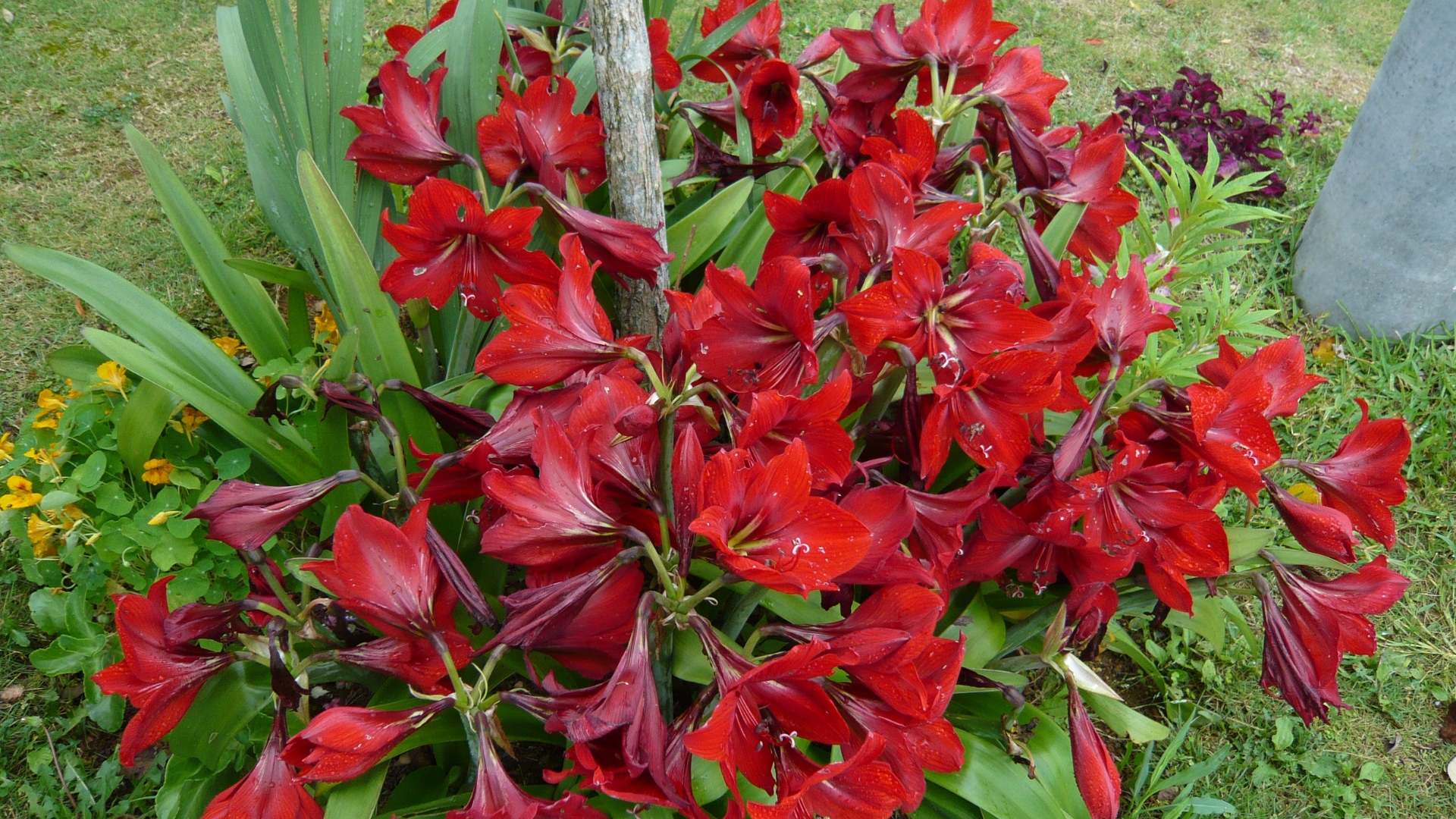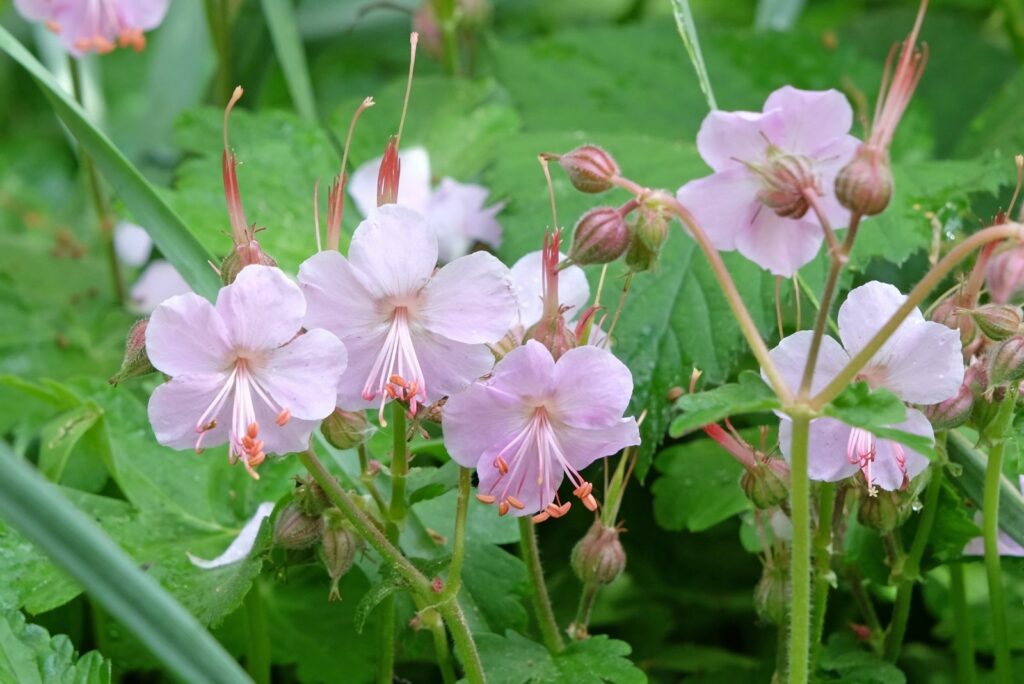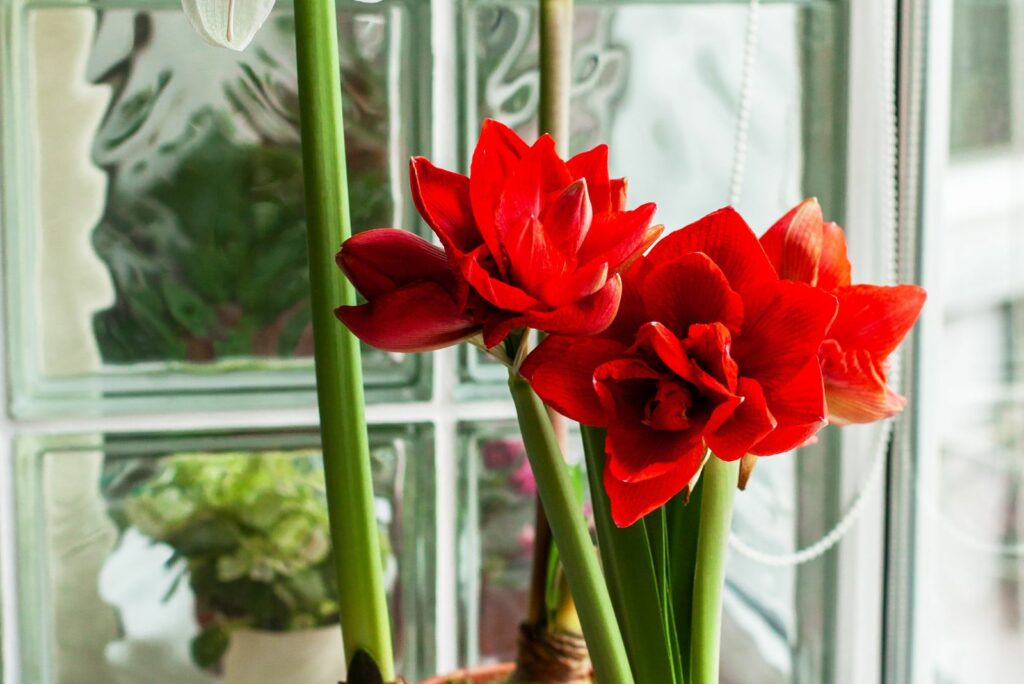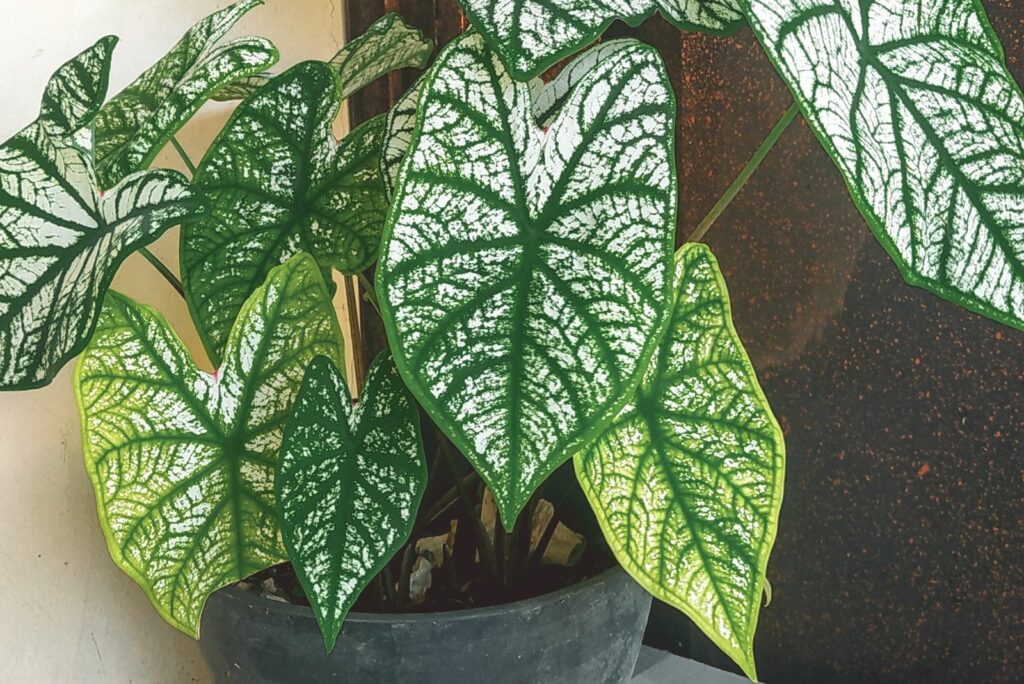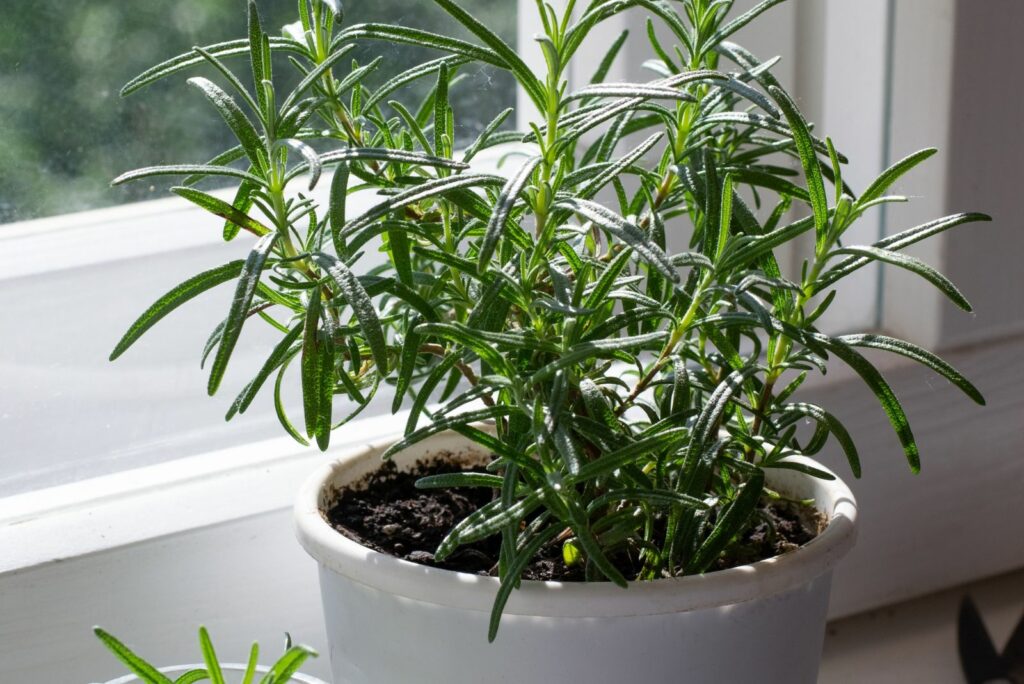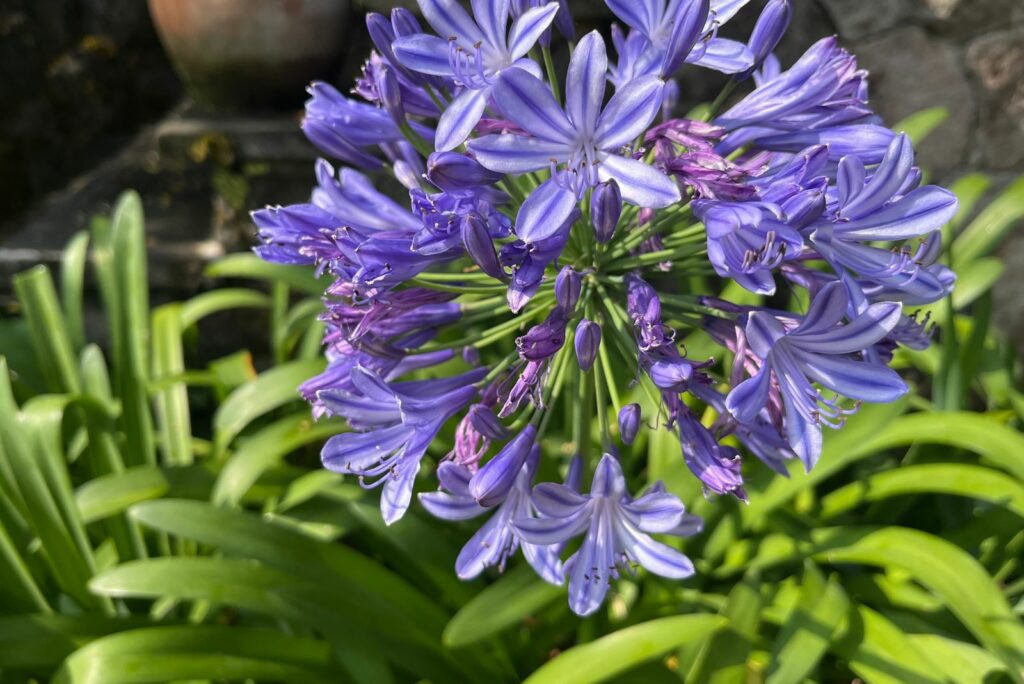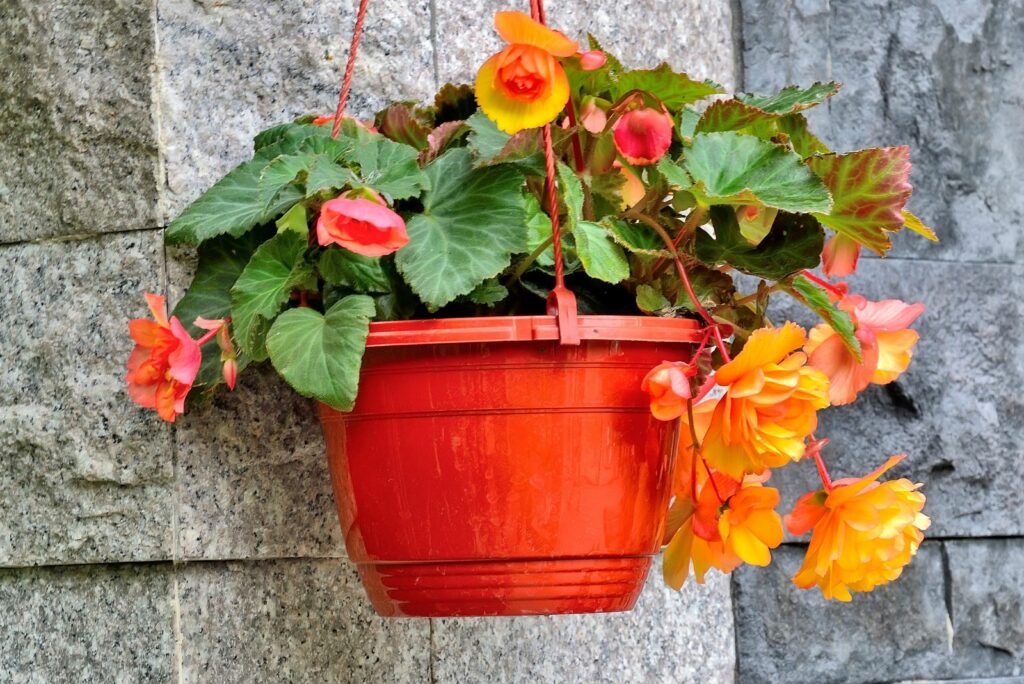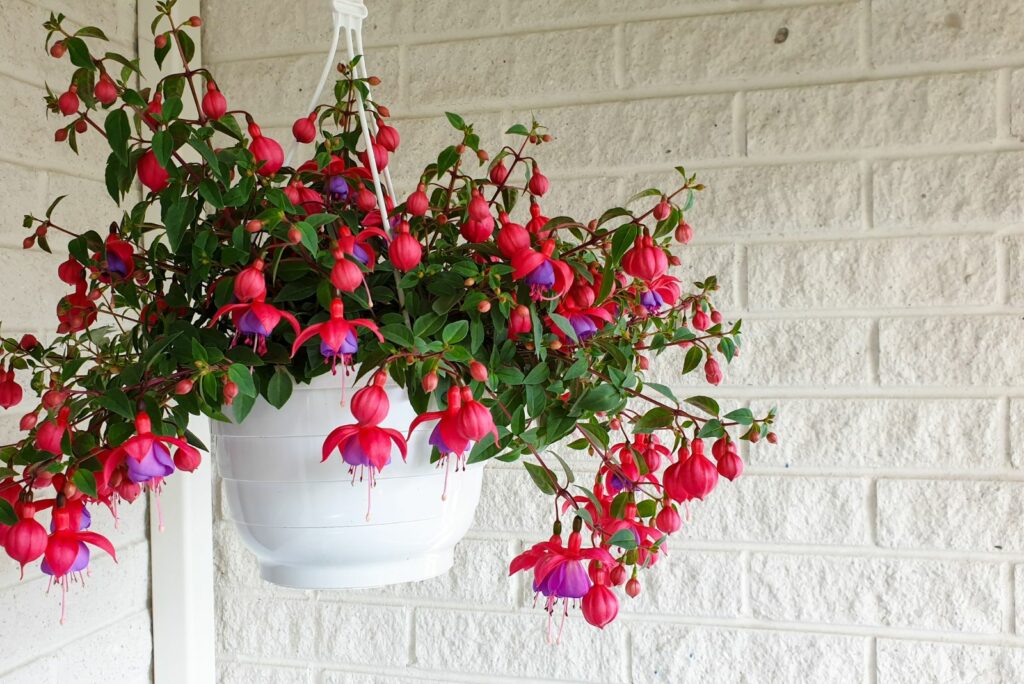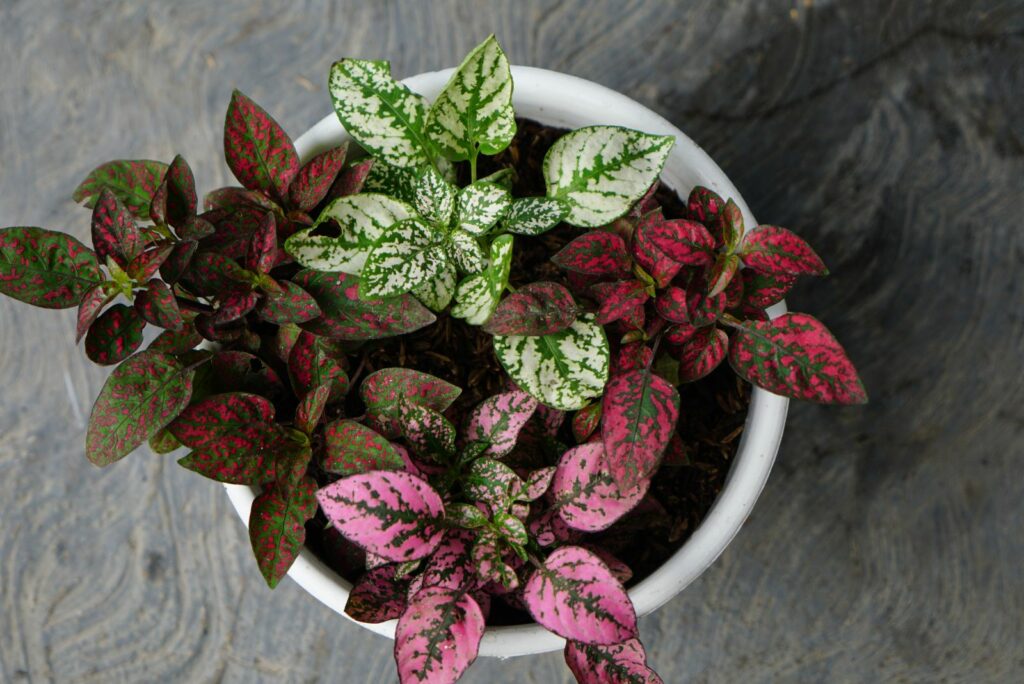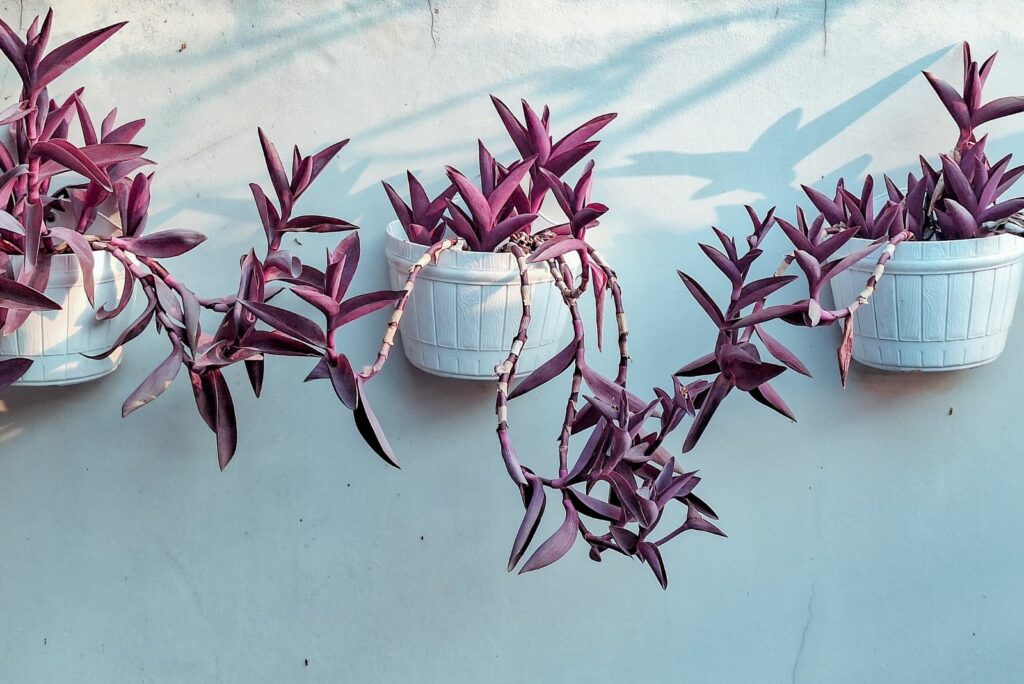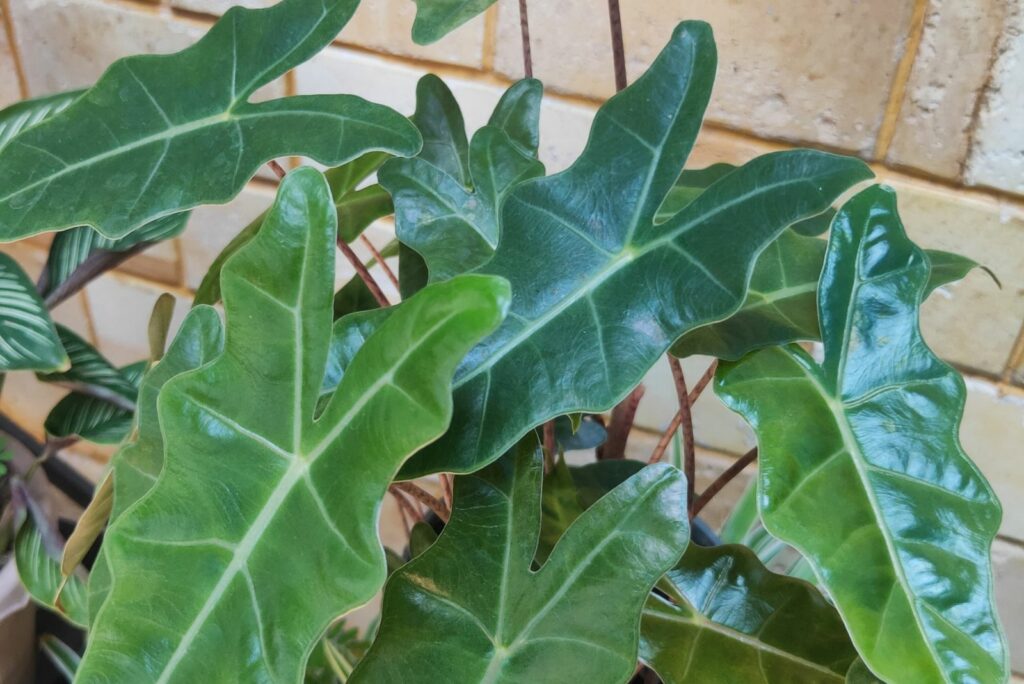I hate to break it to you, but the sun has set on summer, and the plants that lit up our yards won’t last through winter.
Of course, I’m talking about annual plants that are meant to live for one year only. What if I told you that you can actually keep these plants and don’t need to throw them in your compost bin?
The secret is moving these annuals indoors and providing them with the right conditions until spring arrives, when we can move them back outdoors.
Not every annual can make a good houseplant but we don’t have to wave goodbye to them either. By properly storing their tubers or bulbs, you’ll save them from a tragic outcome.
Curious to know which annuals you can keep for next season? Let’s cut to the chase!
1. Geraniums Make Perfect Houseplants
It’s true that there are geraniums grown in outdoor gardens during cooler months but it only works in USDA hardiness zones 9 through 12.
For cooler zones, these plants simply won’t make it.
The solution? Move them indoors. They’ll do well as houseplants and, best of all, they require minimum care.
If you grow your geraniums directly in the soil, you’ll need to dig them up first and repot them. The next step is to transfer them indoors and you’re good to go.
This is why growing geraniums in containers is recommended generally, especially in cooler climates.
Once you move your geraniums indoors, make sure to position them near a well-lit window and irrigate them when the soil is dry to the touch.
As soon as the temperatures start increasing the next spring, you’ll need to prune your geraniums to encourage new growth. You’ll most likely transplant them to the soil once May arrives.
2. Amaryllis Isn’t a One-Year Thing
I can’t help but feel heartbroken whenever I see someone discarding their amaryllis at the end of the season.
These plants are treated as annuals and will die back if left in the ground when temperatures drop.
But did you know that they’ll bloom continuously as long as temperatures are above 75 degrees Fahrenheit? All you need to do is move them indoors.
If you want your amaryllis to bloom and thrive indoors, dig it up from the ground before the first frost and put it in a bright location.
It’s essential to deadhead the spent blooms to help your amaryllis focus energy on new growth.
Keep it well-hydrated throughout the winter and spring and then start hardening it off when temperatures rise before moving them outdoors permanently.
3. Save Your Caladiums From A Grim Fate
There’s nothing prettier than the large leaves of caladium plants in outdoor summer gardens. But their beauty won’t last forever and they’ll die back as soon as fall arrives.
Storing caladium bulbs isn’t really the best idea since they won’t perform as well as fresh bulbs.
A better solution is to overwinter them and keep them as houseplants. They’ll be dormant throughout the winter and you can move them back outdoors the next spring.
Be careful with your caladium and stop watering it as soon as the leaves start falling back.
Make sure to keep them in a well-lit spot with high humidity.
4. Rosemary Will Thrive Indoors Over Winter
Adding rosemary to your garden is a perfect option because you get a stunning scented plant that’s also super delicious.
But this Mediterranean beauty isn’t really fond of cool temperatures; 30 degrees is too cold for them and the chances they’ll survive are low to zero.
So, the only thing left to do is grow your rosemary indoors during colder months.
Keep the rosemary plant in a bright room where temperatures are around 50-60 degrees. If a sunny spot isn’t available, I highly recommend using artificial lights to help your rosemary survive.
5. Expand Your Houseplant Collection With Agapanthus
If you haven’t heard of Agapanthus, perhaps the African lily rings a bell. This spectacular species develop from rhizomes and are grown outdoors year-round in zones 7 and above.
In cooler zones, they should either be left to die back in the ground or transferred indoors.
I’m sure you’ll choose the latter option! So, your first goal is to dig up the plants and repot them in containers. African lilies do well at room temperatures but you need to be careful with light conditions.
These are blooming plants, which means they need a lot of bright light. If you don’t like transplanting plants, simply leave your Agapanthus in pots year-round and move them based on the surrounding conditions.
6. Help Your Tuberous Begonias Bloom Next Season
Lovely rose-like blossoms make tuberous begonias stand out in every garden. They develop from tubers (yes, I know it’s in the name), and are grown as annuals in warmer climates.
Tuberous begonias can’t withstand even light frost, so the only solution is to keep them indoors. Unfortunately, begonias won’t bloom or produce new growth during winter, but you can transplant them outdoors the next spring.
First, cut back all green growth on your begonias without touching the roots or the soil. Then put them in a cool and dry place to cure for a couple of weeks.
Then remove all the soil from the tubers along with any remaining roots. Finish by storing the tubers in a dark, cool, and dry location and keep them there until spring.
7. Fuchsias Don’t Belong In The Compost Heap
Fuchsias are one of the most commonly grown plants in hanging baskets and the main reason is their cascading blossoms.
But they’re treated as annual plants and they won’t regrow once their blossoms fade away. Or at least that’s what many gardeners think…
You can keep your fuchsias in your home during colder months and bring them back to your garden the following May.
Before moving them indoors, make sure to inspect them closely for pests. Remember, these plants have densely packed leaves, and the chances a couple of pests hide there is really high.
I keep my fuchsias in my basement where temps are about 50 degrees and I water them occasionally. March is the ideal time to cut back fuchsias and place them in a well-lit spot.
8. Add A Splash Of Color To Your Home With Polka Dot Plants
You’ll definitely notice polka dot plants in almost every summer garden. But believe it or not, these species were more commonly grown as houseplants until recently.
That’s why it’s pretty understandable that many growers don’t know that polka dot plants can overwinter.
I always recommend to my fellow gardeners in lower USDA zones to grow these plants in containers year-round. It makes it easier to move the plants based on the surrounding conditions.
They’ll add a special touch of beauty to your home because of their lovely dotted colorful foliage.
9. Spiderworts Are Too Delicate For Winter Garden
Spiderwort aka tradescantia plants are becoming more and more popular both indoors and outdoors. Colorful, uniquely patterned leaves are to blame!
If you live in lower USDA zones, you’ll need to move your spiderwort plants indoors over winter, so I recommend growing them in pots year-round.
There’s one thing you need to pay close attention to when it comes to these plants. They can withstand shady spots outdoors, but indoors is another story.
You’ll need to provide them with a bright spot near a sunny window or under grow lights.
After the danger of frost ends the next spring, you can move your tradescantias back to your outdoor garden.
10. Elephant’s Ear Plants Enjoy Spending Time Indoors
The last plant on our list is the stunning Elephant’s ear specimen that takes everyone’s breath away with its massive heart-shaped foliage.
But in cooler climates, these plants face a tragic fate once hit by the frost. To save them, we must bring them indoors.
If you grow Elephant’s ear varieties that develop from tubers or corms, you’ll need to dig them up, cure them, and store them in a cool and dry spot.
On the other hand, if you grow varieties that develop from roots, all you need to do is move the pot indoors in a bright spot.
So, there’s no need to part ways with your prized annuals! Bring them in, and they’ll make a grand reappearance when spring is back in full swing!

